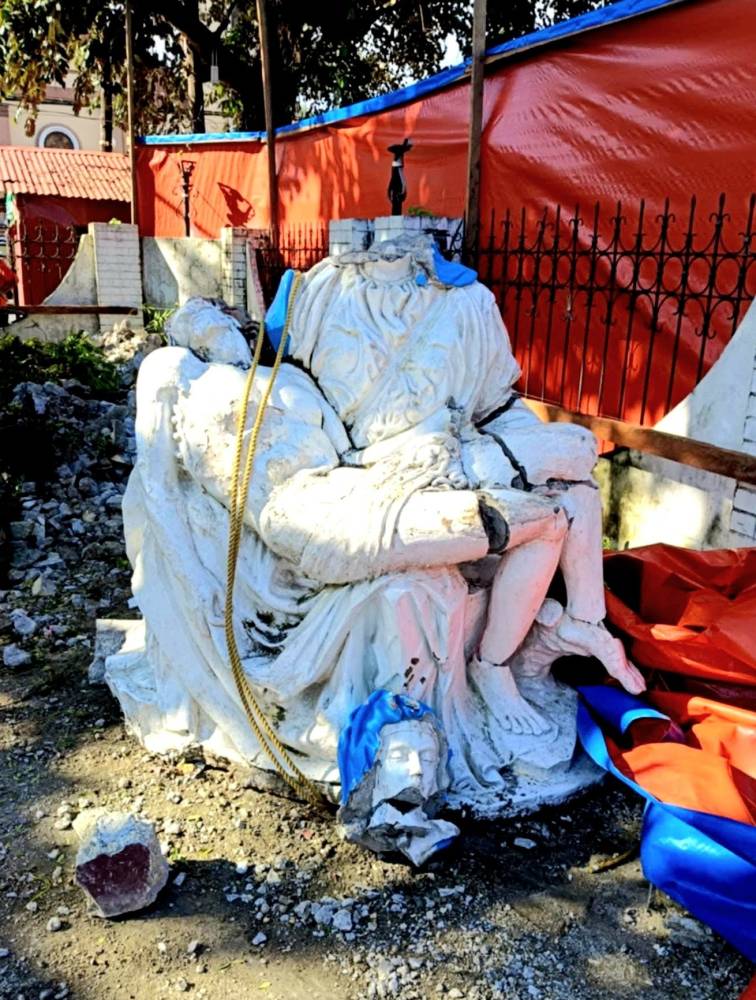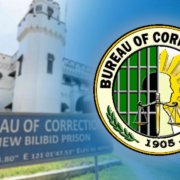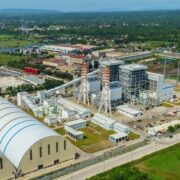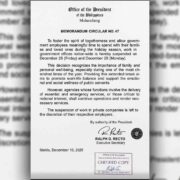Pity for ‘La Pieta’

The Diocese of Catbalogan is embroiled in controversy after the Pieta Park, located in front of the San Bartolome church, was demolished to give way to a branch of the pizza chain, Shakey’s.
Built in the 1990s to remember Catbalogan residents who perished in the MV Doña Paz tragedy, the park features a Pieta monument in concrete, which was badly damaged during moving activities that turned out to have no permit from the local government.
The MV Doña Paz tragedy happened on Dec. 20, 1987, when the overloaded vessel collided with oil tanker MT Vector in the Tablas Strait, resulting in the death of more than 4,000 people. It remains the world’s worst peacetime maritime disaster.
To honor those who perished in the accident, the Catbaloganon Foundation Inc. erected a memorial in front of the Catbalogan Church, which became known as Pieta Park because it had a concrete replica of Michelangelo’s “La Pieta” as centerpiece.

The lot, part of the city’s plaza, is owned by the Diocese of Calbayog, which issued a statement on the project through diocesan judicial vicar Fr. Noel Labendia, saying it “entered into agreement with Shakeys, with the hope to develop the Pieta Park and to maintain it sustainably through the decades.”
The park, it added, has deteriorated “because there was nobody who could pledge to develop and maintain it,” the space is no longer a park but a urinal, a small dumpsite, and a hub of vendors with small stalls.
Part of the agreement with the pizza chain is provisions for road right of way and parking for both restaurant customers and churchgoers.
The Pieta statue was to be replaced with a new one with “much better quality of materials,” since the diocese said the one badly damaged during the redevelopment work was already crumbling.
Desecration
But Jhonil Bajado, a historian from the Samar State University, who was among the first to raise alarm about the issue, said the statement of the diocese “just added salt to the already big wound of the thousands of faithful in Catbalogan.”
The public should have been consulted since people’s voices matter in issues like this, he added, and the question of material used in the monument is irrelevant since it “is not the material, but the desecration of the image of Mary.”
In that desecration, “we missed the very meaning of sentimental value—in honor of those who perished in the Doña Paz Tragedy and respect to their surviving families—and faith.”
Regarding maintenance, there were volunteers who could have been engaged by the diocese, he said.

For its part, in a statement first sent to Lifestyle, Shakey’s Philippines expressed its apologies for the “unfortunate situation involving one of our franchisees” and was “disheartened by the accident that caused damage to ‘La Pieta’.”
It remained “firmly committed to resolving this matter in the most respectful and constructive manner, in honor of the places and people we serve,” it added.
Together with the franchisee, Shakey’s will carry out corrective measures in coordination with the diocese and local officials of the city.
Gildo Arais, the franchisee, also apologized for the incident and said their company has “full respect” for the park’s “heritage and spiritual value.”
The damage to “La Pieta” was inadvertent and unintentional, he acknowledged, but they were taking full responsibility for the error.
“Our priority is to restore what was lost, learn from this experience, and rebuild trust so we can better serve the community moving forward,” he said.
Built during the Spanish period, Pieta Park’s original space has been the site of numerous social, religious, and historic events. Bajado said among these was the Vicarial Marian Congress hosted by Catbalogan in 1954.
The plaza is a nationally declared historic site through Resolution No. 7, series 2018 by the National Historical Commission of the Philippines. Under this resolution, all Spanish- and American-period plazas and public squares in the country are declared as such, thus affording them protection from any untoward developments and redevelopments.

















